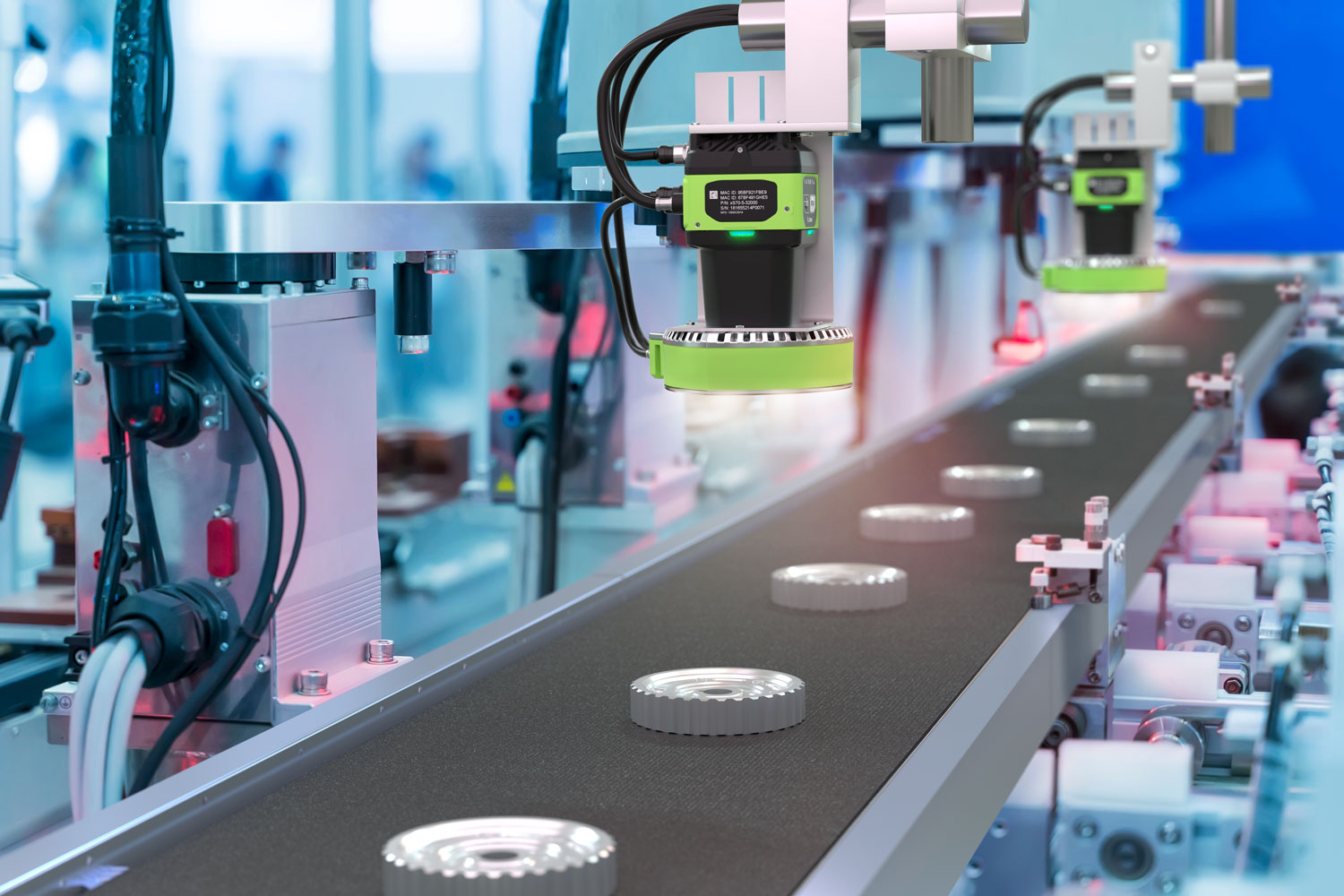Machine Vision Lighting: Key to Quality Control
Today, more and more organizations are looking for ways to meet new challenges with innovative technology that unlocks the promise of automation.
One of the fast-emerging solutions that many businesses are looking at is fixed industrial scanning and machine vision. Organizations are investing in it to improve everything from production throughput and quality control to product tracking and order completion times.
Zebra’s fixed industrial scanning and machine vision portfolio offers more than 20 exclusive features. The entire lineup runs on a unified software platform. It is designed for easier setup, simple deployment, and easy maintenance, making it easier for companies to keep pace with today’s automation challenges.
One of the hallmarks of Zebra’s fixed industrial scanning and machine vision lineup is flexibility. It accommodates a wide range of situations with scanners, cameras, and software that deliver a broad range of capabilities, right out of the box.
So, let’s take a look at one of the flexible features that are available across Zebra’s entire portfolio: machine vision lighting.
The Essence of Machine Vision Lighting
When you can see something, you can determine if it’s correct. You can know if a product is labeled properly, whether engine parts meet exacting specifications, or whether or not you’re meeting your production goals.
But whether you’re looking at something with human eyes or a high-speed industrial scanner, seeing something requires light.
If there is no light, there is no vision.
Therefore, lighting is one of the core elements of machine vision applications. Inability to adequately illuminate a subject in a production line can lead to the loss of accuracy and productivity.
It’s not as simple as just shining a light on something, however. Capturing high-speed images of detailed parts happens under a wide range of conditions. Everything from the substrate material and color to the makeup of the product being evaluated will influence the type of lighting that is required.
For example:
- If you need to scan direct part marks on reflective stainless steel, blue light might work best.
- If you’re capturing printed barcodes, white light is probably the right solution.
- When you need to detect clear liquids or have an application where you don’t want to see visible light. In those cases, an infrared (IR) light might be called for.
Machine Vision Lighting Techniques
In addition to LED color, the type of light source, as well as its placement in respect to the camera lens, are also important. They enable you to execute a variety of operations. For instance:
- Back lighting may be useful if you need to identify holes in a product.
- Dark field lighting can help you identify features or spot imperfections such as scratches, imprints, and similar.
- Ring lighting can diffuse lighting and reduce reflections, making it easier to read codes on items like soda cans. Meanwhile, dome lighting provides bright illumination and can aid with the inspection of shiny and curved items.
- Low angle dark lighting, however, can facilitate the inspection of shiny subjects. It’ll highlight any areas of different height.
Zebra’s Customizable Machine Vision Solutions
None of those situations are challenging for Zebra’s fixed industrial scanning and machine vision lineup. That’s because every scanner and camera include a powerful illumination system that ships with a range of blue, red, white, and IR lights. There’s even a light that combines all the colors in one. Plus, a range of accessory lights and filters are available to further customize your solution.
Most importantly, Zebra has engineered their devices to make it ultra-easy to switch lighting sources right at the point of use. This allows you to easily adapt your hardware for new applications.
It’s all a part of a flexible platform that supports your current workflows and processes. It also gives you an easy pathway to add functionality to meet the data capture needs of tomorrow.
A flexible illumination platform is just one part of an optical system that combines innovative imaging software and hardware to:
- Enable simultaneous capture of multiple barcodes,
- Extend read ranges and focal distances, and
- Provide a larger field of view to capture more data with fewer devices.
The goal is to enable first-time, every-time data capture with superior optics and imaging technology. It delivers the reliable results you need to keep your business running at optimal efficiency.
Increase Productivity and Accuracy with Zebra Technologies and Tensor ID
Do you need to capture challenging barcodes or perform complex quality inspections? Contact your Tensor ID representative to learn more about the lighting options available with Zebra’s fixed industrial scanning and machine vision solutions.






